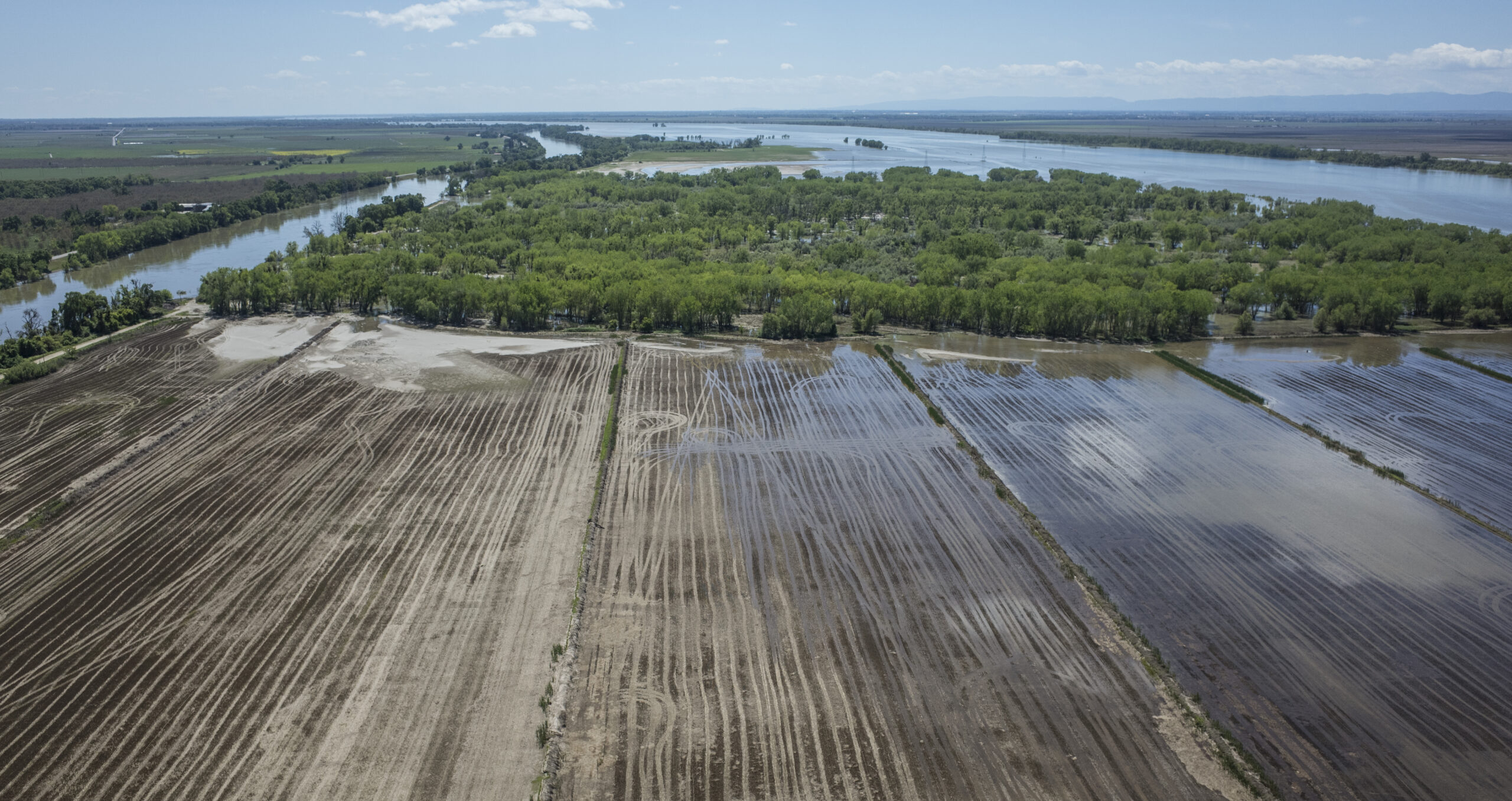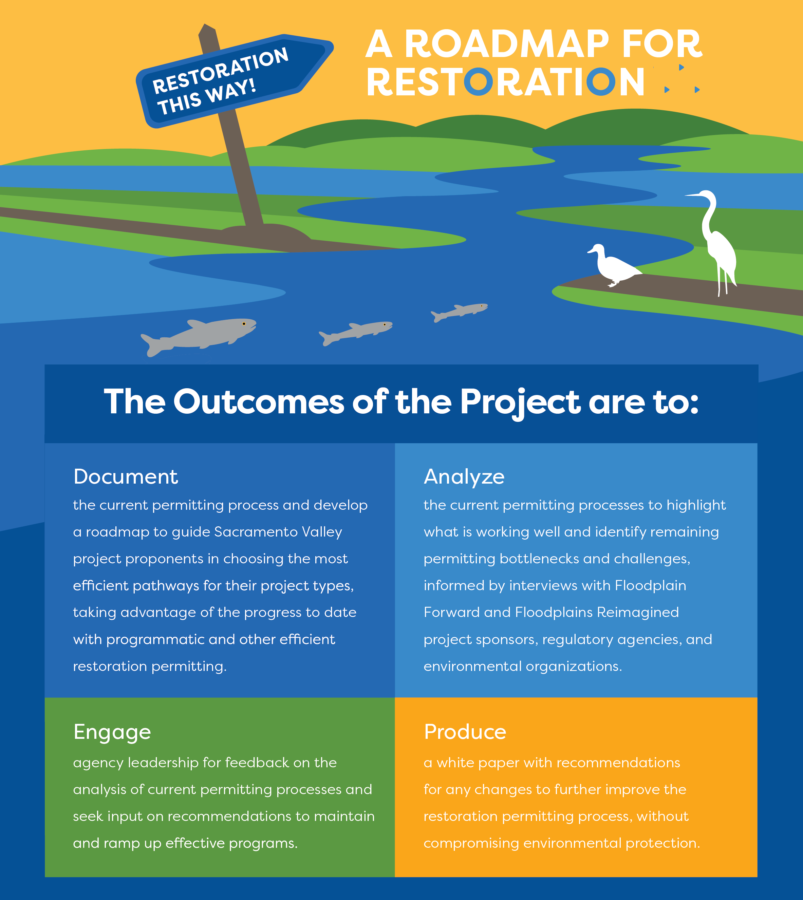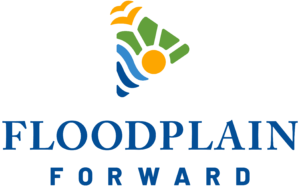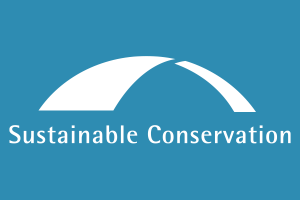
California’s Path to Creating Efficient Restoration Permitting and Sustainable Conservation’s Newest Project to Accelerate Restoration
by Shayan Kaveh
Before there were the levees, canals, and aqueducts that moved water across the Central Valley from the sierras to the sea, there were the rivers and floodplains. Nestled between one of America’s snowiest mountain ranges, the Sierra Nevada, and the adjacent Coastal Range, water meandered the valley floor, shaping floodplains and feeding river ecosystems on its way to the Pacific.
Nowadays, the valley is a $17 billion epicenter of the agricultural industry, home to California’s fastest-growing communities, and has been ground zero for the state’s water crisis for the past several decades. While California’s modern water system is one of the most impactful engineering projects of all time, historic infrastructure and more frequent storms and droughts intensified by climate change demand proactive action to improve the state’s resilience for its environment and people. The Central Valley must adapt to its greatest potential: a robust mosaic of habitat where migratory birds return annually along the Pacific Flyway, rivers fill with salmon runs, terrestrial species flourish, sustainable agriculture thrives, and our communities work, live, and play.
To unlock this potential, the state has taken action to catalyze restoration and more resilient land and water management. In 2020, Governor Gavin Newsom issued an Executive Order setting a goal to conserve 30% of California’s land and coastal waters by 2030. This directive aligned with the 2014 Sustainable Groundwater Management Act (SGMA), mandating local agencies to regulate and manage groundwater resources more sustainably, ushering in an era of landscape-scale change in the Central Valley. Then, in 2021, California’s “Cutting the Green Tape” initiative catalyzed new tools to expedite restoration permitting, refining various government processes to increase the pace and scale of landscape and river restoration.
As California’s Central Valley communities and watersheds adapt to this new legislative landscape and increasingly uncertain water future, restoration practitioners need a clear outline of the tools available to help them efficiently maximize the potential of their projects.
Enter “A Roadmap for Restoration”
Sustainable Conservation’s Roadmap for Restoration project seeks to leverage the Accelerating Restoration program’s decades-long dedication to collaboratively developing restoration permitting pathways. In partnership with the Floodplain Forward Coalition, the project’s goal is to scale up floodplain reactivation by assisting landowners, NGOs, and agencies in implementing Sacramento Valley fishery and floodplain restoration actions by applying new restoration-specific regulatory tools and seeking ways to improve the process further.
The Floodplain Forward Coalition unifies landowners, environmental NGOs, and government agencies to champion projects revitalizing California’s floodplains, benefiting fish, wildlife, and communities. Their portfolio of projects includes a diverse set of actions that will spread out and slow down water across the valley using nature-based solutions. This strategy mimics natural floodplain processes to provide year-round benefits, allowing the cultivation of rice and other crops during the spring and summer while providing food and habitat for various migratory birds, juvenile salmon, and other wetland-dependent wildlife in the fall and winter. However, with a regulatory process designed initially without restoration in mind, navigating environmental rules and regulations can often be as time-consuming and expensive for environmentally beneficial projects as it is for development.
With an estimated need of over $750 million for restoration actions in the Sacramento Valley alone, the demand for expedited restoration permitting pathways to enhance ecological benefits has intensified. The roadmap aims to empower restoration practitioners to utilize available tools effectively and support recipient agencies in their review processes, fostering a collective push for transformative change across California.
Putting Restoration on a Separate Regulatory Path
Sustainable Conservation’s Accelerating Restoration program has played a pivotal role in developing diverse restoration pathways, ranging from county-level programs to multi-agency statewide permits. Through collaborations with entities like the U.S. Fish and Wildlife Service (USFWS), the U.S. Army Corps of Engineers, the National Oceanic and Atmospheric Administration (NOAA) Restoration Center, and the State Water Resources Control Board (SWRCB), we have created more efficient permitting for large and small aquatic habitat restoration projects that will bring more restoration more quickly.
This work culminated in the release of our Accelerating Restoration website, which serves as a dynamic information hub to empower restoration proponents with efficient permitting pathway opportunities, example projects, technical assistance, and other tools for restoration.
As part of our ongoing work, Sustainable Conservation and the Floodplain Forward Coalition have created a 2-page resource outlining the collaborative project, key groups involved, and the objective to further improve restoration pathways in California.

Access the Floodplain Forward portfolio here.
To learn more, please contact restoration@suscon.org
WHO WE ARE
 FLOODPLAIN FORWARD COALITION
FLOODPLAIN FORWARD COALITIONThe Floodplain Forward Coalition is an innovative collaboration between 27 organizations based in conservation, biology, water management, farming, and local government. By working together to find the best possible solutions, we can create vibrant landscapes and healthy California river systems for generations to come.
 SUSTAINABLE CONSERVATION
SUSTAINABLE CONSERVATIONSustainable Conservation helps California thrive by uniting people to solve the toughest challenges facing the state’s land, air, and water. Since 1993, it has brought together business, landowners, and government to steward the resources that all Californians depend on in ways that make economic sense.
Blog by Shayan Kaveh. Cover photo provided by Northern California Water Association.
